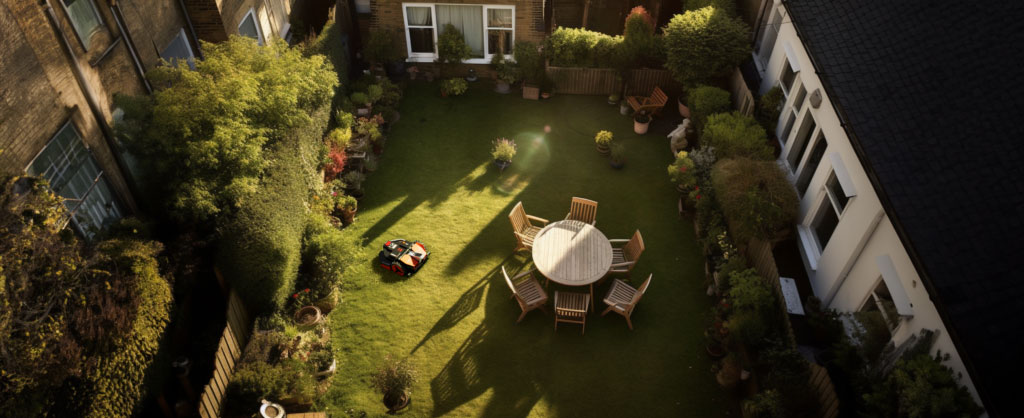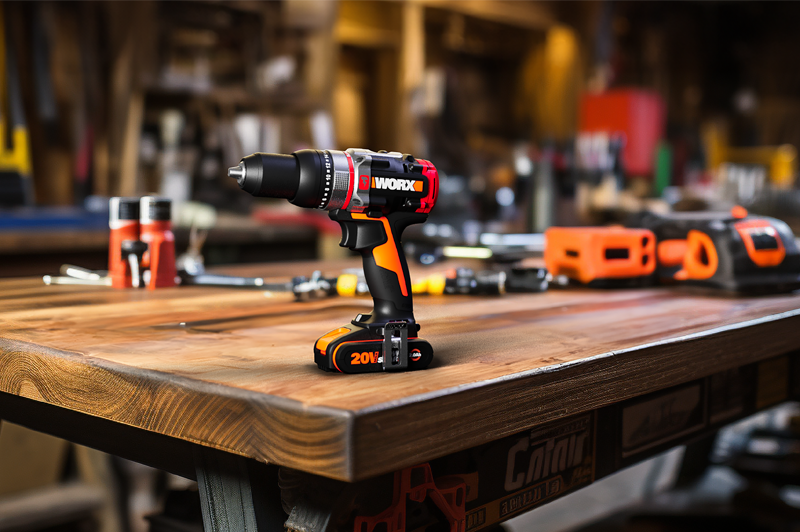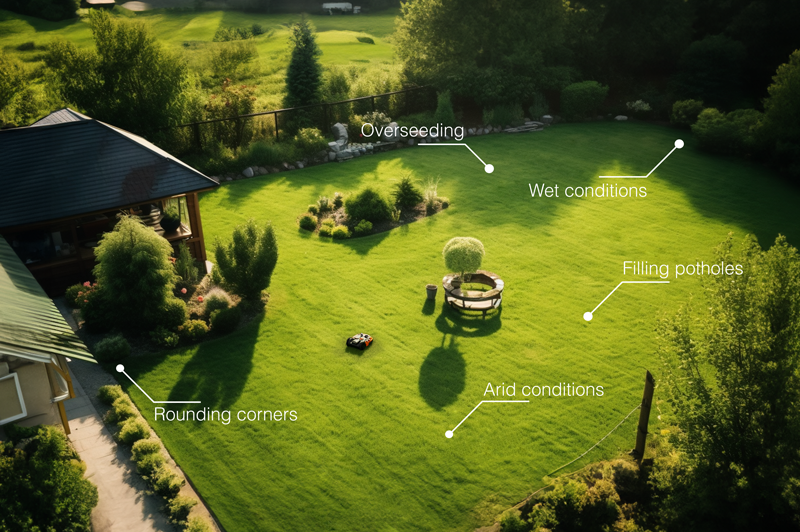Landroid Vision revolutionizes robotic lawn mowers by incorporating an HD camera that supplies data to its AI for lawn navigation. The greatest advantage is that it eliminates the need for installing a boundary wire along the entire lawn perimeter. Does this imply that the boundary wire solution is now obsolete? Not just yet.
Classic Landroid vs. Vision: a brief comparison
Worx Landroid has quickly gained consumer trust, becoming the top-selling robot mower in Europe. The 2023 models are an evolution of the architecture introduced in 2019, constantly refined through the years and benefiting from OTA firmware updates shared with all units. Thanks to our exclusive AIA technology, Landroid surpasses other random robot mowers in terms of speed when covering a specific area. Additionally, its modular design allows for customization options such as ACS, Find-my-Landroid, Off Limits, and more.
On the other hand, Landroid Vision, launched recently, showcases the pinnacle of Worx’s AI design capabilities. It stands out by not requiring a boundary wire or additional collision avoidance add-ons since it can detect obstacles. With time, Vision’s neural network will continuously improve as it learns from the extensive usage of thousands of units worldwide.
When should the boundary wire be chosen?
- If you are on a budget. Since Vision’s AI technology is currently more expensive, choosing a classic Landroid model will save you money while efficiently maintaining your lawn every day.
- If you have a small lawn. Installing the wire in a small yard is easy and quick. Once it’s done, it’s done and provides a robust solution for delimiting your Landroid’s working area.
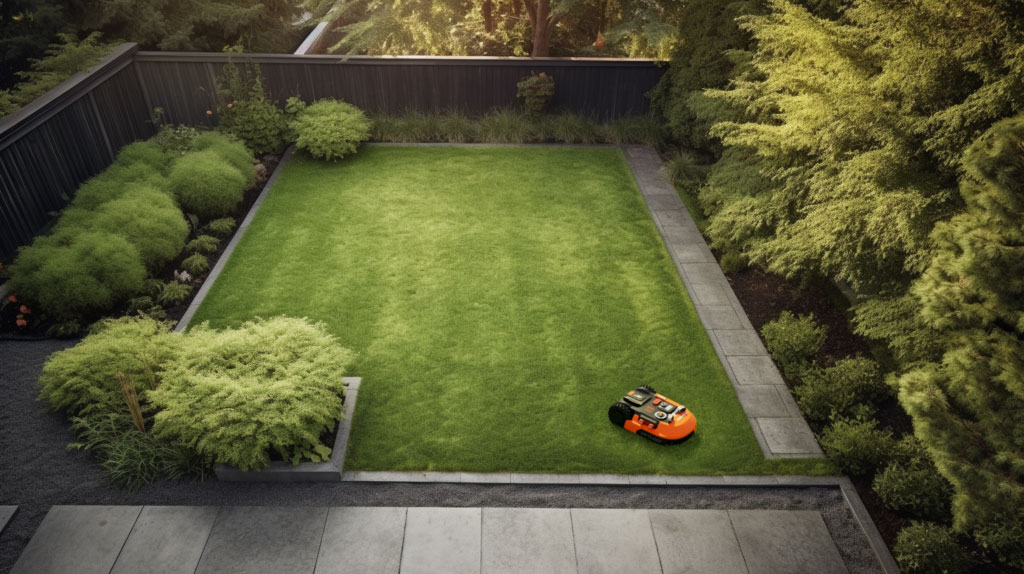
- If there’s no physical barrier between your lawn and your neighbor’s, opting for a boundary wire model is advisable. The wire will ensure your mower stays within your property boundaries. In contrast, Vision will continue mowing as long as it detects grass ahead, crossing into your neighbor’s lawn, unless you lay a magnetic strip over the border.

- If you have a long and intricate paved path connecting various sections of your lawn, choosing classic Landroid models is recommended. These models will follow the wire corridor to navigate across those areas. On the other hand, Vision, equipped with RFID tags placed on both sides of a pathway, can traverse it successfully. However, Vision may face challenges in handling complex scenarios.

When should Vision AI be chosen?
- If the safety of kids and pets is a top priority. Landroid Vision’s advanced capabilities enable it to perceive and avoid anything that is not turf, ensuring the safety of individuals and pets in its surroundings.
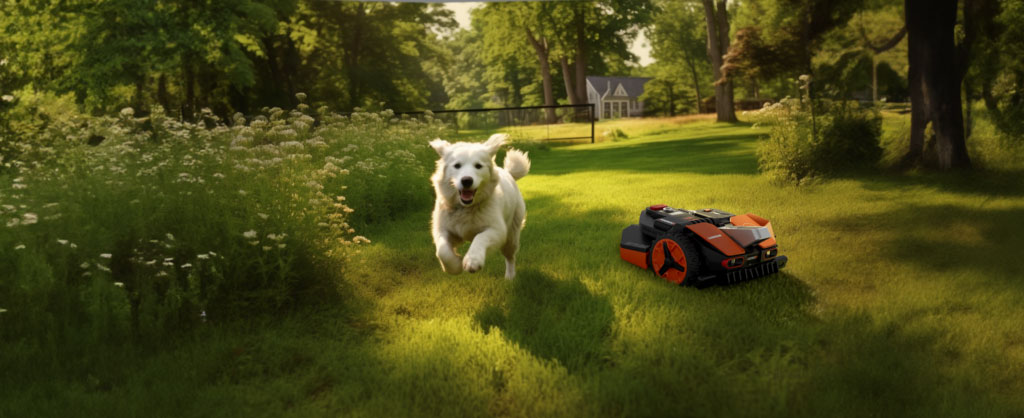
- If you intend to operate your robot mower during nighttime hours. Conventional robot mowers pose a threat to hedgehogs,as their natural defense mechanism of rolling into a spiked ball is ineffective against mowers. However, Vision AI can detect hedgehogs and actively avoid them, ensuring their safety. Additionally, Vision operates quietly, allowing for a peaceful night without disturbance.

- If you have a relatively large lawn. While installing a boundary wire is a one-time task, it can be time-consuming for a large lawn with an extensive perimeter. Moreover, if the wire gets damaged, locating the interruption and fixing it can be a lengthy and frustrating process. By choosing Vision AI, you eliminate the need for a boundary wire and the potential issues associated with its installation and maintenance.
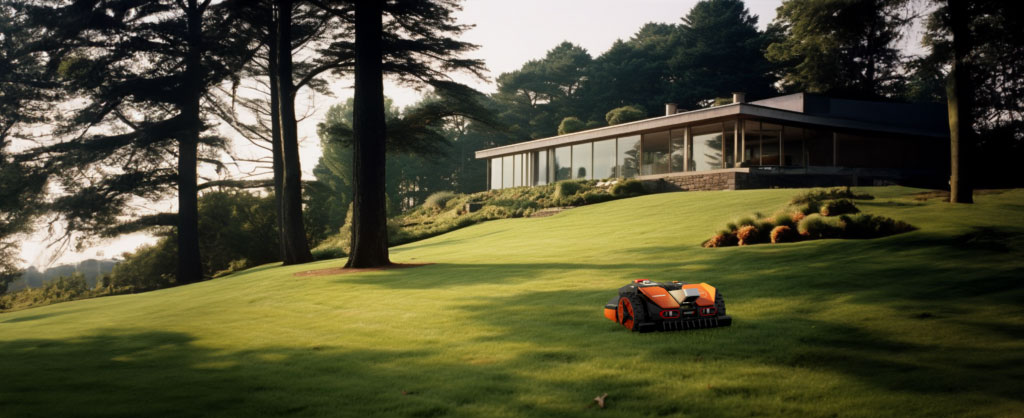
- If the signal of the wire can be disturbed in your lawn. Robot mowers that rely on a boundary wire sense the signal propagated by the wire loop, which can be disrupted by various factors, including your neighbor’s boundary wire, underground metal piping, or reinforced concrete. In contrast, Vision AI is not susceptible to such disturbances, making it impervious to these challenges.
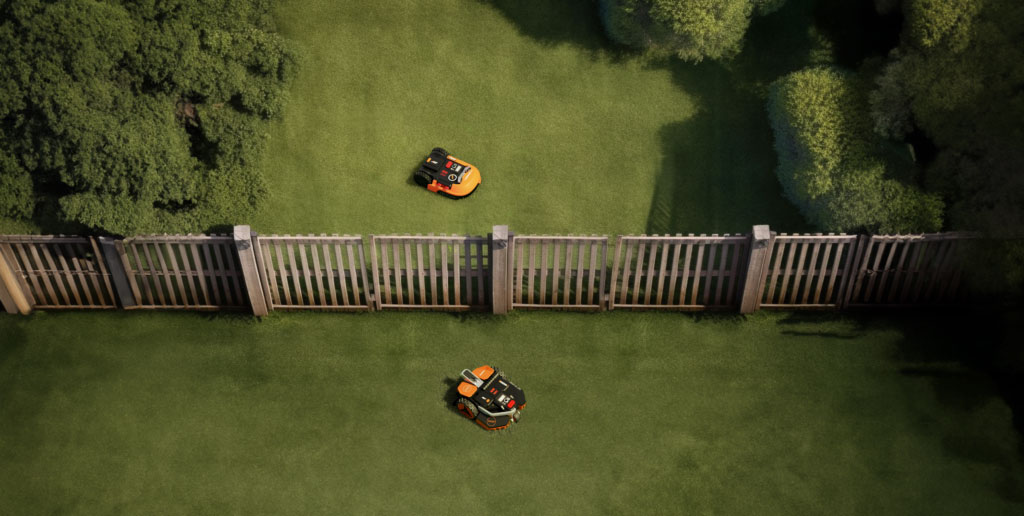
- If you have multiple separate lawns. This is especially true for scenarios like terraced lawns or lawns divided by an elevated pathway. With conventional robot mowers, you would need to install a perimeter wire loop and charging station in each lawn. In contrast, with Vision AI, you can keep the robot in the larger lawn where the charging station is located and manually move it to the smaller lawn(s) every other day. This flexibility eliminates the need for additional installations and simplifies the maintenance of multiple lawns.

- If you regularly engage in aeration and dethatching practices. While the installation of a boundary wire is a one-time operation, these maintenance activities can easily damage the wire. Even occasional raking can pose a risk to the wire’s integrity. Locating the breakage in the wire can be frustrating, and the repair process is not straightforward. In contrast, Vision AI eliminates the need for any boundary wire, relieving you of such concerns.
- If your lawn has features such as trees, outdoor furniture, flowerbeds… Forget about surrounding obstacles with the boundary wire or letting the mower bump into them. Vision will confidently maneuver among these features.
